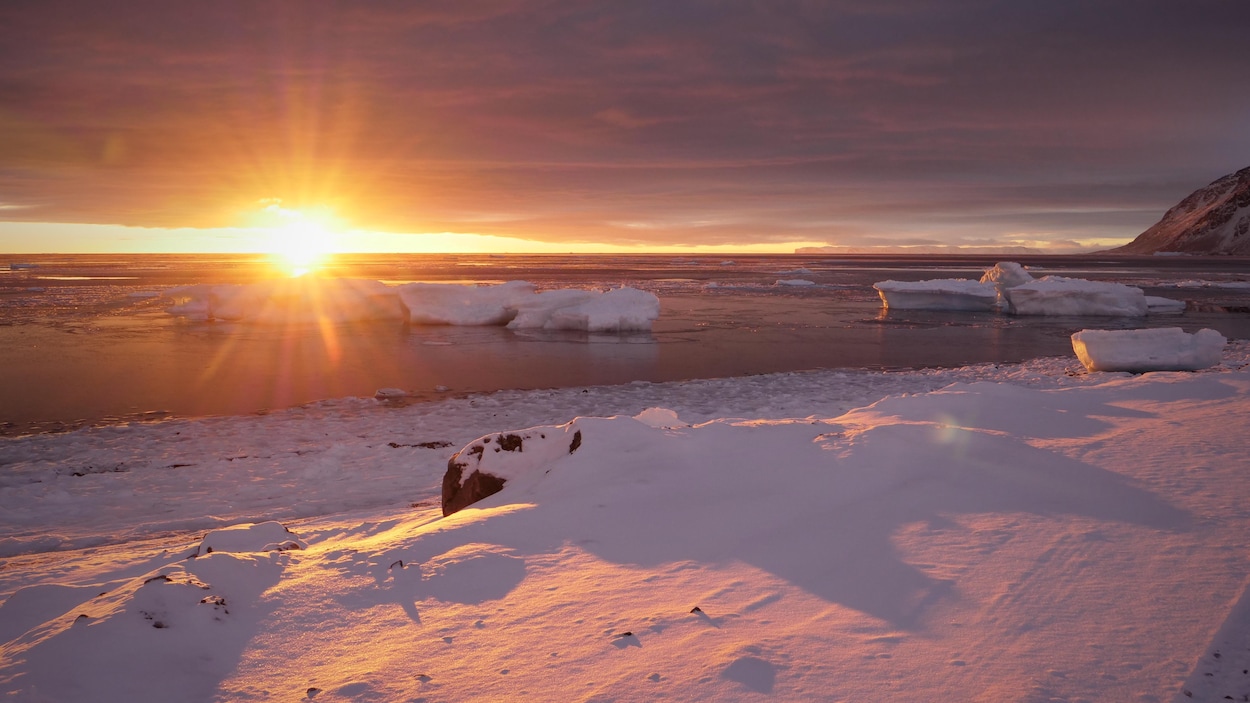
Climate change, through melting ice at the poles, is slowing the Earth's rotation ever so slightly, increasing the length of days by a few milliseconds, a study published Monday found.
There are Antarctica and Greenland as well as many glaciers. In polar regions
explains toFrance Press agency Surendra Adhikari, co-author of the study.
As for the water resulting from its melting due to the global warming phenomenon, it is present in large quantities. In the tropics
This change in the distribution of masses on the planet Affects the way the Earth rotates,
That is, a little slower.
It looks like an ice skater is doing a spin, first bringing his arms close to his body and then extending them out.
“The rotation was very fast at first, then it slowed down a little bit,” Benedict Soja, co-author of the study, also compares.
This slower rotation lengthens the length of the day very slightly, making it 86,400 seconds in total.
Since 2000, the rate of increase in day length due to climate change has been 1.33 milliseconds per century.
If greenhouse gas emissions continue to increase very significantly, this rate could rise to 2.62 milliseconds per century by 2080 or 2100.
The effect of climate change could exceed that of the Moon, which has also gradually slowed the Earth's rotation over several billion years.
It was very surprising to see that by the end of the 21st centuryH century, in high emission scenarios, […] It is possible that climate alone contributes to the phenomenon.
where Earth and Moon Dynamics
“Surendra Adhikari commented.
Although these changes may seem small, they are there. Major implications for land and space navigation
For example, to send signals to distant sensors, he said.
According to Benedict Soja, this study also shows something more symbolic: Human impact on the planet is greater than we think.
.





